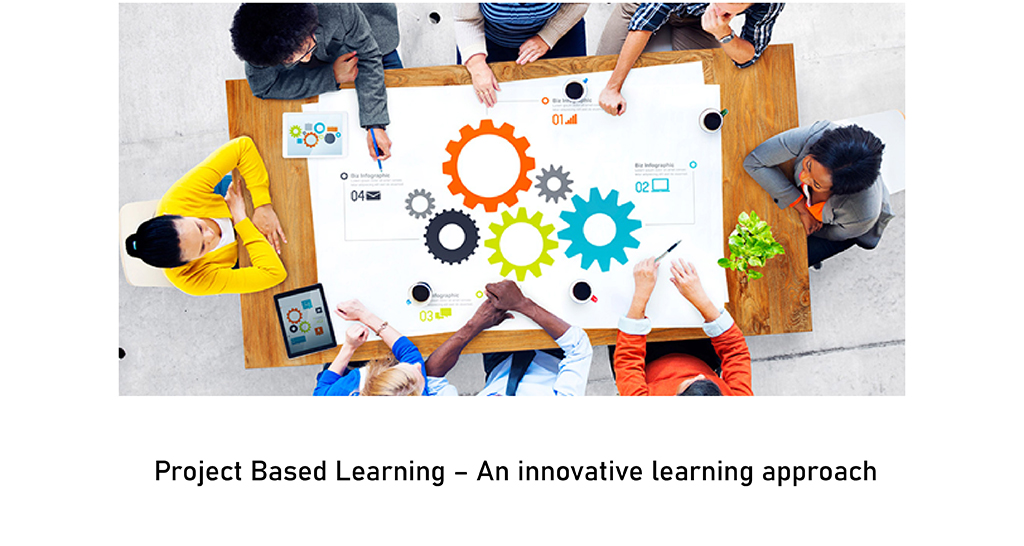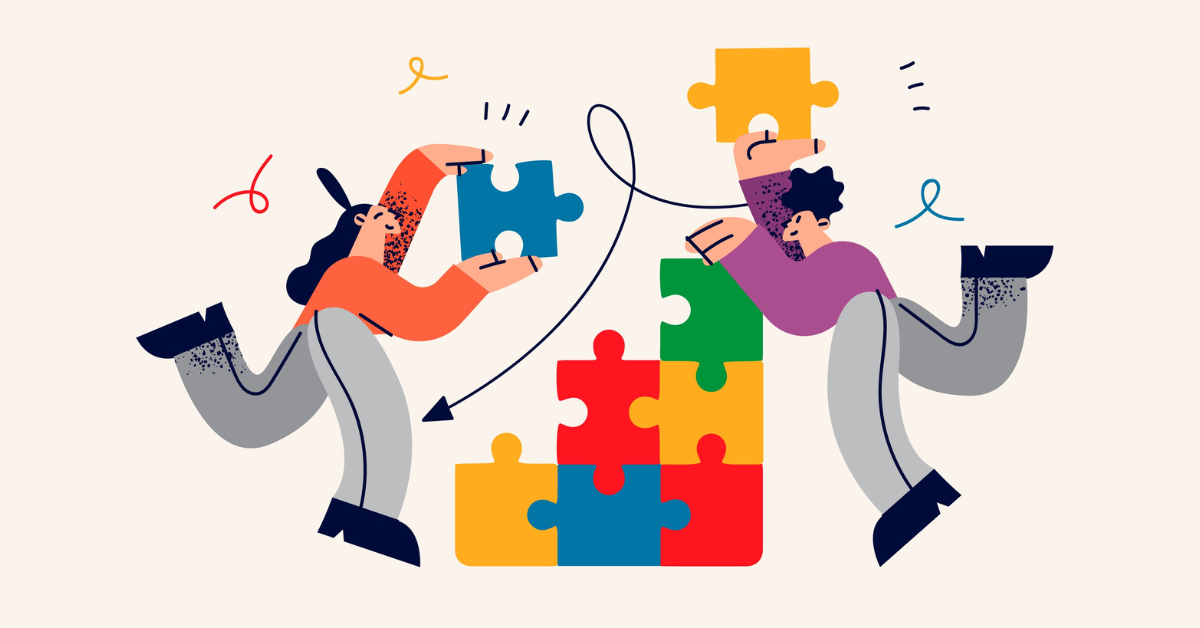Empowering Minds Through Project Based Learning: A New Era of Education
Empowering Minds Through Project Based Learning: A New Era of Education
Blog Article
In today's dynamic world, traditional classroom methods often fall short in preparing students for real-life challenges. Education needs a transformation—one that bridges the gap between knowledge and practical application. Enter Project Based Learning (PBL), a powerful approach that not only enhances critical thinking but also nurtures innovation and real-world skills.

Project Based Learning is more than just an educational buzzword. It is a transformative learning methodology that helps students explore, collaborate, and engage with topics deeply. Whether it's science, entrepreneurship, or social development, PBL makes learning meaningful and lasting.
What is Project Based Learning?
At its core, Project Based Learning is a teaching method in which students gain knowledge and skills by working for an extended period to investigate and respond to complex questions, problems, or challenges.
Rather than simply memorizing information, students take ownership of their learning. They research, experiment, build, fail, and try again—just like in the real world.
For example, instead of just learning about rural development from textbooks, students can engage in a project that involves developing sustainable business models for rural entrepreneurship. This experiential method leads to better understanding and real impact.

Why Project Based Learning is the Future of Education
There are many reasons why Project Based Learning is becoming a central pillar in modern classrooms:
1. Encourages Active Learning
Students are not passive listeners. They become active participants who engage with the subject on a deeper level.
2. Builds Problem-Solving Skills
PBL trains students to approach problems critically and develop innovative solutions—an essential skill in any field.
3. Fosters Teamwork and Leadership
Projects often require collaboration, helping students build interpersonal skills and take on leadership roles.
4. Connects Learning to Real Life
By applying their knowledge to real-world issues—like designing projects that support woman entrepreneurship—students understand the value and impact of what they learn.
5. Promotes Lifelong Learning
The curiosity and investigative habits formed during PBL continue long after school, creating lifelong learners.
Project Based Learning and Rural Entrepreneurship
India’s rural economy holds untapped potential, and education can play a crucial role in unlocking it. Through Project Based Learning, students can develop real-time solutions that support rural entrepreneurship.
Some PBL project ideas that support rural areas include:
-
Designing affordable irrigation systems
-
Creating business plans for organic farming ventures
-
Setting up local e-commerce platforms for village artisans
By doing such projects, students understand rural challenges firsthand and develop empathy and problem-solving abilities, helping build a better future.
Project Based Learning and Woman Entrepreneurship
The rise of woman entrepreneurship is transforming economies across the globe. However, many women still face barriers like lack of access to education, funding, and societal support.
Project Based Learning can be a game-changer in this area too.
Schools and colleges can introduce PBL initiatives where students work on:
-
Training programs for women in digital literacy
-
Creating small-scale home-based business models for women
-
Developing marketing strategies for products made by women entrepreneurs
These projects don’t just educate students—they empower communities.
Real-World Example of PBL in Action
Let’s say a group of students is given a project: "Design a micro-business that empowers women in rural India through sustainable products."
The students would:
-
Research the challenges rural women face
-
Connect with NGOs working in those areas
-
Design affordable, scalable business models
-
Propose branding and marketing strategies
Through this one project, they would touch upon economics, sociology, marketing, and technology—while also making a real-world difference.
That’s the beauty of Project Based Learning.
Challenges of Implementing Project Based Learning
Like any system, Project Based Learning comes with its challenges:
-
Requires trained educators who can facilitate open-ended inquiry
-
Time-consuming compared to traditional teaching
-
Assessment of learning outcomes can be complex
-
Needs resources like internet, technology, and community access
However, the long-term benefits far outweigh the hurdles. Many progressive schools and colleges are overcoming these barriers through proper training and institutional support.
How Schools and Colleges Can Get Started
If you're an educator or institution looking to implement Project Based Learning, here are some tips:
-
Start small: Try PBL with a single topic or subject before going school-wide.
-
Create interdisciplinary projects: Integrate subjects like math, science, and social studies.
-
Collaborate with local organizations: Partnering with NGOs or startups can provide students with real challenges to work on.
-
Include diverse topics: Rural development, sustainability, technology, and woman entrepreneurship make great themes.
-
Train teachers: Invest in PBL training to help teachers facilitate learning instead of directing it.
FAQs on Project Based Learning
Q1. What age group is suitable for Project Based Learning?
PBL can be adapted for all age groups—from primary school to university level. The complexity of the project changes based on the learners’ age and ability.
Q2. How does Project Based Learning differ from traditional education?
Traditional learning focuses on lectures and memorization. PBL emphasizes inquiry, hands-on experience, and real-world problem-solving.
Q3. Can Project Based Learning help in career preparation?
Absolutely. PBL helps students develop skills like teamwork, communication, research, and leadership—all essential for professional success.
Q4. Is Project Based Learning time-consuming?
Yes, it requires more time than traditional lessons. However, the depth of understanding and skills developed makes it worthwhile.
Q5. How can PBL promote rural and woman entrepreneurship?
By involving students in projects that tackle real problems, like creating business solutions for rural areas or designing platforms for woman entrepreneurs, PBL fosters awareness, creativity, and impactful contributions.
Final Thoughts
Project Based Learning is not just a teaching technique—it’s a mindset shift. It transforms passive learners into active change-makers, equipping them with real-world skills, empathy, and a problem-solving attitude.
By integrating themes like rural entrepreneurship and woman entrepreneurship, educators can create not just informed students, but responsible citizens ready to shape a better tomorrow.
If the goal of education is to prepare students for life, then Project Based Learning is the roadmap to get there.
Report this page